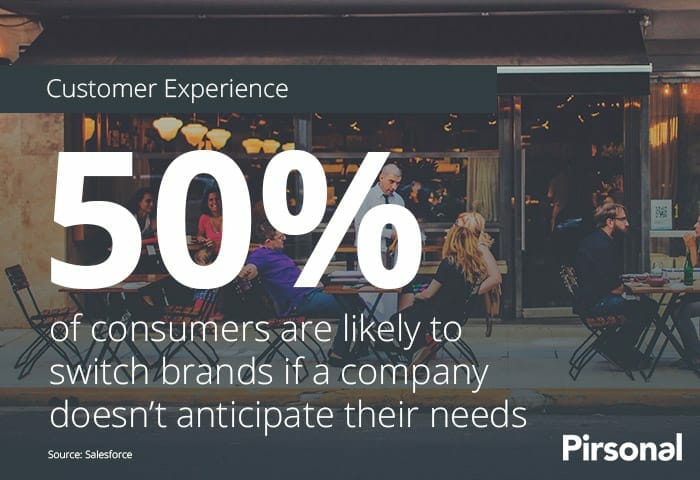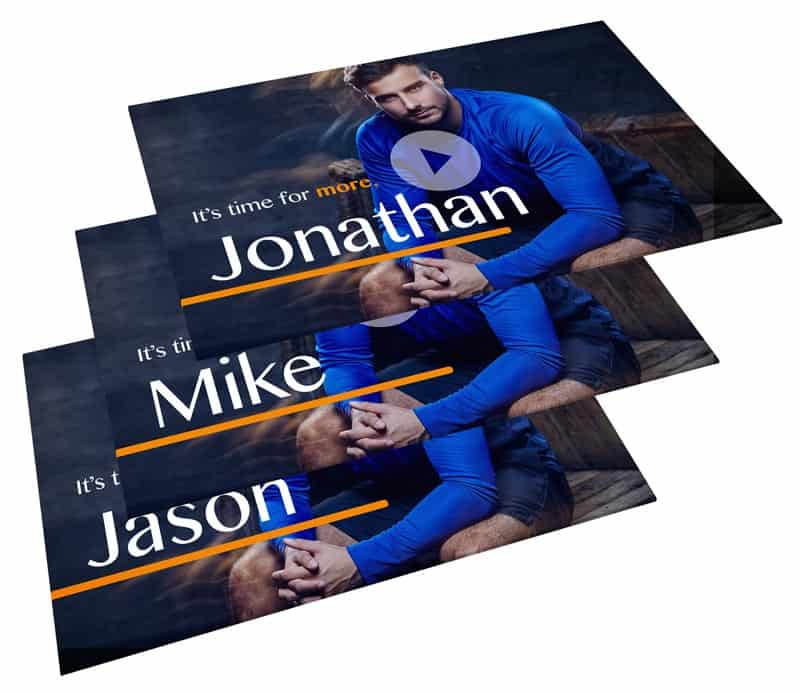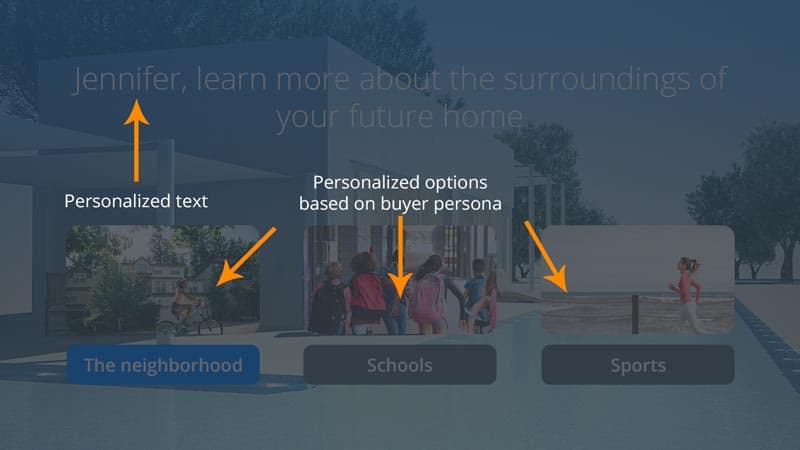Customer engagement plays a crucial role in the success of any business. It is the process of building a solid connection and fostering meaningful interactions with customers.
When you deliver a positive experience to customers through different touchpoints, you increase customer engagement over time.
There are many tactics brands can execute to achieve this.
For instance, to effectively engage with customers, personalize different customer interactions, go omnichannel, create interactive content, and provide exceptional support.
By effectively engaging with your customers, you can enhance their satisfaction, and loyalty, and ultimately drive business growth.
In this article, you’ll learn various tactics to achieve effective customer engagement across the customer journey.
Tactics to effectively engage customers
Today’s market is highly competitive. Businesses need to go beyond traditional marketing strategies to stand out and create long-lasting relationships with their customers.
Effective customer engagement takes into account customer expectations to provide the kind of experience they need to succeed.
There are many reasons why customer engagement is key to the success of any business.

But there is one that stands out.
Simply put, it is cheaper to retain a customer than to acquire new ones. Apart from the reputational damage, customer engagement then has become a priority for many organizations.
Effective customer engagement tactics involve understanding customer needs, personalizing experiences, utilizing various communication channels, and fostering customer loyalty.
Understanding Customer Needs and Preferences
To engage customers effectively, it is essential for marketing leaders to understand their needs and preferences.
There are many ways to do this.
For instance, you can conduct market research, analyze customer feedback, and monitor industry trends.
However, my favorite is customer interviews. This gives you first-hand information in open-ended answers.
Through all these approaches, you can find patterns.
This can provide valuable insights into what your customers truly want and how to serve them better.
By aligning your products, services, and messaging with their needs, you can establish a strong connection.
Utilizing Personalization
Personalization is a powerful tactic to enhance customer engagement.
Tailoring your communications, offers, and recommendations based on individual customer preferences can make them feel valued and understood.
To make this happen, utilize customer data, such as the customer’s name, purchase history, and browsing behavior.
This way, you’ll be able to deliver personalized experiences and messages across various touchpoints.
One of the main personalization trends is creating personalized videos for customers.

Through personalized videos, businesses improve content engagement.
These types of videos rapidly catch the customer’s attention, even from disengaged customers.
Also, when personalized videos are played with interactive video players, you help customers to take action right from the video.
The following image shows a screenshot of an interactive video with personalized calls-to-action (CTA).

Implementing Omni-channel Communication
With the proliferation of digital channels, it’s important to engage customers across multiple platforms.
Implementing an omni-channel communication strategy ensures a consistent and seamless experience for customers.
Whether it’s through email, one-to-one videos, social media, live chat, or phone, provide cohesive interactions that allow customers to engage with your brand effortlessly.
To increase and accelerate the level of engagement, rely on automation.
This will help you deliver a customer-centric approach because customers get answers fast.
Leveraging Social Media Platforms
Social media platforms have become powerful tools for customer engagement.
Create a strong social media presence and actively engage with your audience.
Share relevant and engaging content and respond to comments and messages promptly to build engaged customers.
Also, leverage features like live videos or stories to humanize your brand and connect with customers on a deeper level.
Welcome Customers
This one seems obvious.
But, trust me, it is not.
Especially in SaaS, often buyers are not customers.
A buyer is a person who makes the final decision to purchase your product or service.
This person has a set of expectations as a result.
The customer is the entity that encapsulates the user in connection to the user.
More often than not, customers then act as influencers on behave of your brand on the buyer’s side.
No matter the channel you use to communicate with customers, make sure you onboard them.
For instance, you can automatically create personalized videos to onboard customers and send them by email.
If you only have a small pool of clients, you can do this manually by recording video by video.
If you have a large number of customers or want a fully scalable process, you can automatically create onboarding videos with personalization with software like Pirsonal.
Creating Interactive Content
Interactive content is highly engaging and can capture customers’ attention more effectively than static content.
Incorporate interactive elements such as quizzes, polls, surveys, or interactive videos into your marketing campaigns.
This encourages customers to actively participate and increases their overall engagement with your brand.
Interactive content also helps you improve the customer experience as it helps users feel they are part of the solution while they explore answers.
Providing Excellent Customer Support
Exceptional customer support is a fundamental aspect of customer engagement.
Remember, higher customer engagement comes after you’ve delivered a great customer experience.
Be readily available to address customer inquiries, concerns, or issues.
Provide multiple support channels, such as live chat, email, and phone support, and ensure timely and helpful responses.
Choose the channel accordingly depending on the product or service you offer.
For instance, more complex products often require more human interactions either on-site, through phone, or video calls.
Going above and beyond to resolve customer problems can leave a lasting positive impression.
Encouraging User-Generated Content
User-generated content (UGC) is a valuable asset for customer engagement.
Encourage your customers to share their experiences, reviews, and testimonials.
This not only boosts brand credibility but also creates a sense of community and involvement. Implement UGC campaigns, contests, or hashtags to inspire customers to contribute their content.
Running Loyalty Programs
Loyalty programs are an effective way to engage customers and foster long-term relationships with customers.
Loyalty programs have been a big revenue and engagement driver in the hospitality industry.
However, you can use them pretty much in any industry.
Reward your loyal customers with exclusive offers, discounts, or early access to new products.
Implement a tiered system that incentivizes customers to reach higher levels and enjoy greater benefits. This not only increases customer engagement but also drives repeat purchases.
Seeking Feedback and Acting Upon It
Actively seek feedback from your current customers and demonstrate that their opinions matter.
Conduct customer surveys, request reviews, or create customer advisory boards to gather valuable insights.
Analyze the feedback received and make improvements based on their suggestions.
By involving customers in the decision-making process, you create a sense of ownership and strengthen engagement.
Building a Community
Building a community around your brand can significantly enhance customer engagement.
Create online forums, social media groups, or exclusive memberships where customers can connect and share experiences.
Encourage discussions, organize events or webinars, and facilitate networking opportunities.
A thriving community fosters a sense of belonging and loyalty.
Analyzing and Utilizing Data
Data analysis is crucial for effective customer engagement. For this, it is imperative to know the customer engagement metrics that are relevant to your business.
Leverage analytics tools to gain actionable insights into customer behavior, preferences, and engagement patterns.
Utilize this data to refine your marketing strategies, personalize customer experiences, and identify opportunities for improvement.
Data-driven decision-making ensures that your engagement tactics are targeted and impactful.
Collaborating with Influencers
Influencer marketing has become a popular customer engagement tactic.
Identify influencers who align with your brand values and have a relevant audience.
Collaborate with them to create authentic and engaging content that resonates with your target customers.
Influencers can help amplify your brand message and introduce it to a wider audience.
Using Gamification Techniques
Gamification adds an element of fun and excitement to customer engagement. Incorporate game-like features into your digital platforms, such as points, badges, or challenges.
This encourages customers to actively participate, compete, and earn rewards.
Gamification not only increases engagement but also promotes loyalty and drives desired behaviors.
Conclusion
Effective customer engagement is vital for businesses aiming to build strong customer relationships and drive growth.
By understanding customer needs, personalizing experiences, leveraging various communication channels, and utilizing innovative tactics, you can create meaningful connections that foster loyalty and advocacy.
FAQs About Customer Engagement and Tactics
How can I measure the effectiveness of my customer engagement tactics?
To measure effectiveness and optimize the performance of your marketing, track metrics such as customer satisfaction scores, customer retention rates, engagement levels on various channels, and conversion rates. Analyzing these metrics will provide insights into the success of your engagement tactics.
Is it necessary to utilize all the customer engagement tactics mentioned in this article?
No, not all tactics may be relevant to your specific business or industry. Assess your target audience, objectives, and available resources to determine which tactics align best with your goals and customer preferences.
How frequently should I update my customer engagement strategies?
Regularly review and update your strategies based on changing market trends, customer feedback, and technological advancements. It’s important to stay agile and adapt to evolving customer needs and expectations.
Can customer engagement tactics be applied to both B2B and B2C businesses?
Yes, customer engagement tactics apply to both B2B and B2C businesses. The key is to understand the unique characteristics and preferences of your target customers and tailor your strategies accordingly.
What role does customer engagement play in brand loyalty?
Customer engagement directly impacts brand loyalty. By actively engaging with your customers and meeting their needs, you can build trust, foster loyalty, and encourage repeat purchases and referrals.

